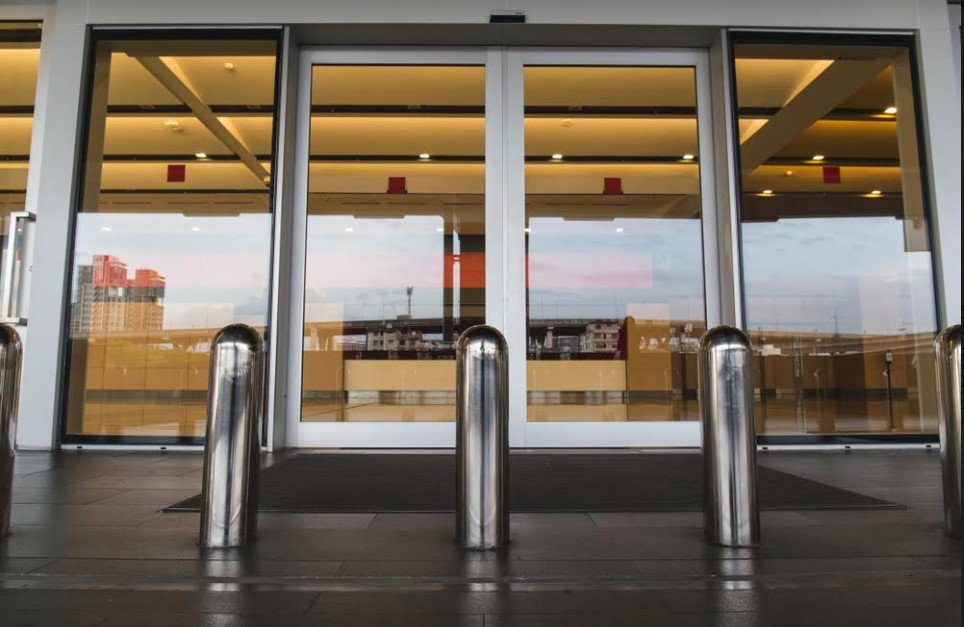Whether it’s burglary or vandalism, businesses face numerous security threats, meaning they need to safeguard their premises and assets. This means implementing effective security measures that are both deterrents and barriers. Security bollards are solutions that are gaining popularity for businesses, meaning there are many types and installation methods that businesses can choose between. Discover more about best practices for optimal business security below.
Understanding the Need for Security Bollards
There are a number of risks that can be faced by businesses, including unauthorized vehicle access, ram-raiding, and terrorism. Financial losses, property damage, and even life endangerment can be the results of these threats, which is why it’s so important to avoid them in any way possible. With the help of security bollards, businesses are provided with a proactive approach to address these risks. Quite simply, bollards are a great solution for protecting critical areas of the property.
Types of Security Bollards
There are various types of security bollards, and each is able to cater to unique requirements and aesthetic preferences:
Fixed Bollards
As suggested by the name, fixed bollards are permanently installed and provide a robust barrier against vehicular impact. They’re perfect for protecting sensitive areas like building entrances, pedestrian walkways, and storefronts.
Removable Bollards
With removable bollards, businesses are provided with flexibility, giving them control over access while still providing occasional access when it’s required. Most often, they’re used in areas where temporary access restrictions are required, including loading docks and event spaces.
Retractable Bollards
Retractable bollards combine security and convenience, as they can be raised or lowered as needed. Parking garages, driveways, and high-traffic areas are just some of the spaces in which access requirements might vary as the day goes on.

Automatic Bollards
Automatic bollards are equipped with either hydraulic or pneumatic systems that automatically raise or lower them in response to vehicle detection or command signals. High-security environments are the perfect places for automatic bollards, as rapid response and access control are essential in these spaces.
Installation Considerations
The effectiveness of security bollards is determined by their installation. The following are some of the crucial considerations that need to be made:
Location
You need to identify vulnerable areas on your property where security bollards can maximize their effectiveness. Building entrances, pedestrian walkways, outdoor dining areas, and parking lots are just some of the common locations that you might opt for.
Foundation
Bollards need to be securely anchored to a stable foundation to ensure they can withstand impact forces. Depending on the site conditions, excavation and concrete pouring might be implemented to create a solid footing.
Spacing
In order to block vehicular access and facilitate pedestrian flow, optimal spacing needs to be placed between bollards. This means considering factors like vehicle size, speed, and potential angles of approach when determining spacing requirements.
Accessibility
Security bollards can’t impede pedestrian or emergency vehicle access. This means that you need to incorporate the necessary features to accommodate access requirements and maintain security. These features might include removable or retractable bollards.
Best Practices for Security Bollard Deployment
Businesses need to adhere to a number of best practices, including the following:
Risk Assessment
You need to identify potential security threats and vulnerabilities so you can devise a tailored security plan for your bollards.
Integration with Other Security Measures
Security approaches require a number of layers, and bollards are a significant part of this. Layers might also include surveillance cameras, access control systems, and security lighting.
Regular Maintenance
In order to ensure optimal security levels, bollards need to be regularly inspected for signs of wear and tear.
Employee Training
Last but not least, employees need to be properly trained on the use and operation of bollards, especially in emergency situations.
